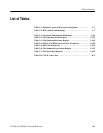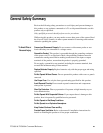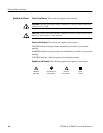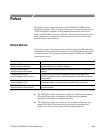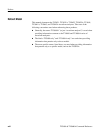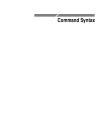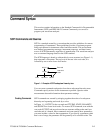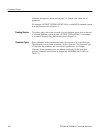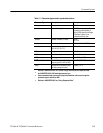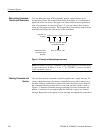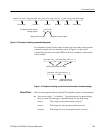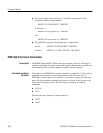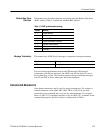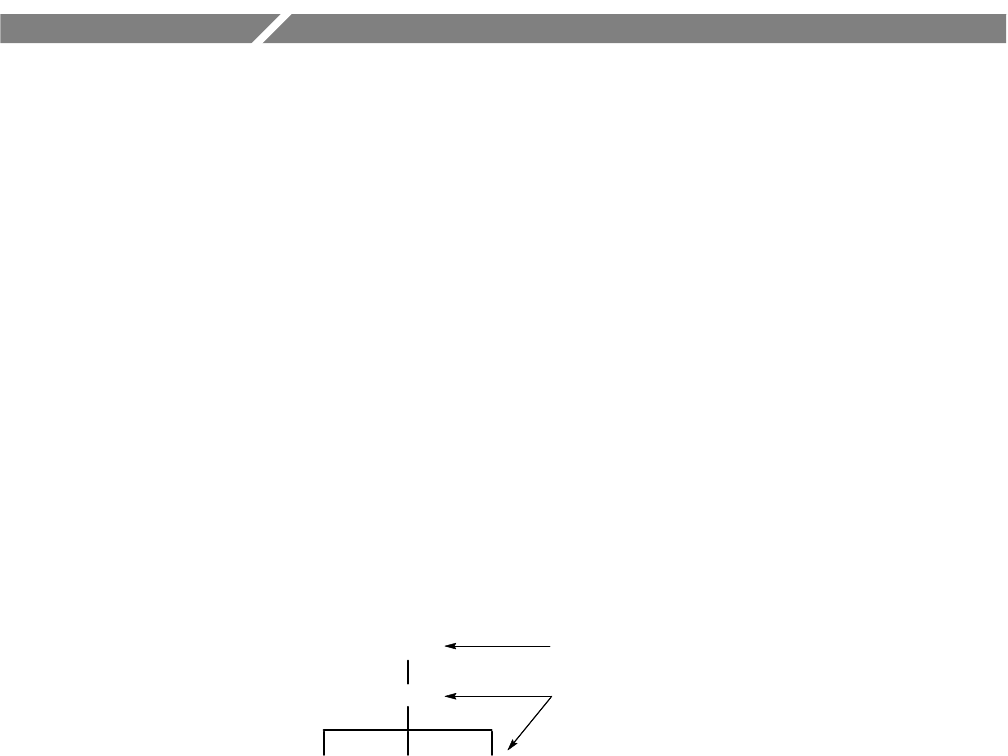
TVS600 & TVS600A Command Reference
1–1
Command Syntax
This section contains information on the Standard Commands for Programmable
Instruments (SCPI) and IEEE 488.2 Common Commands you can use to
program your waveform analyzer.
SCPI Commands and Queries
SCPI is a standard created by a consortium that provides guidelines for remote
programming of instruments. These guidelines provide a consistent program-
ming environment for instrument control and data transfer. This environment
uses defined programming messages, instrument responses, and data format
across all SCPI instruments, regardless of manufacturer. The waveform analyzer
uses a command language based on the SCPI standard.
The SCPI language is based on a hierarchical or tree structure (see Figure 1–1)
that represents a subsystem. The top level of the tree is the root node; it is
followed by one or more lower-level nodes.
POLARITY
OUTPUT
TTLTRG
SOURCESTATE
Root node
Lower-level
nodes
Figure 1–1: Example of SCPI subsystem hierarchy tree
You can create commands and queries from these subsystem hierarchy trees.
Commands specify actions for the instrument to perform. Queries return
measurement data and information about parameter settings.
SCPI commands are created by stringing together the nodes of a subsystem
hierarchy and separating each node by a colon.
In Figure 1–1, OUTPUT is the root node and TTLTRG, STATE, POLARITY,
and SOURCE are lower-level nodes. To create a SCPI command, start with the
root node OUTPUT and move down the tree structure adding nodes until you
reach the end of a branch. Most commands and some queries have parameters;
you must include a value for these parameters. If you specify a parameter value
that is out of range, the parameter will be generally set to a default value. The
Creating Commands



